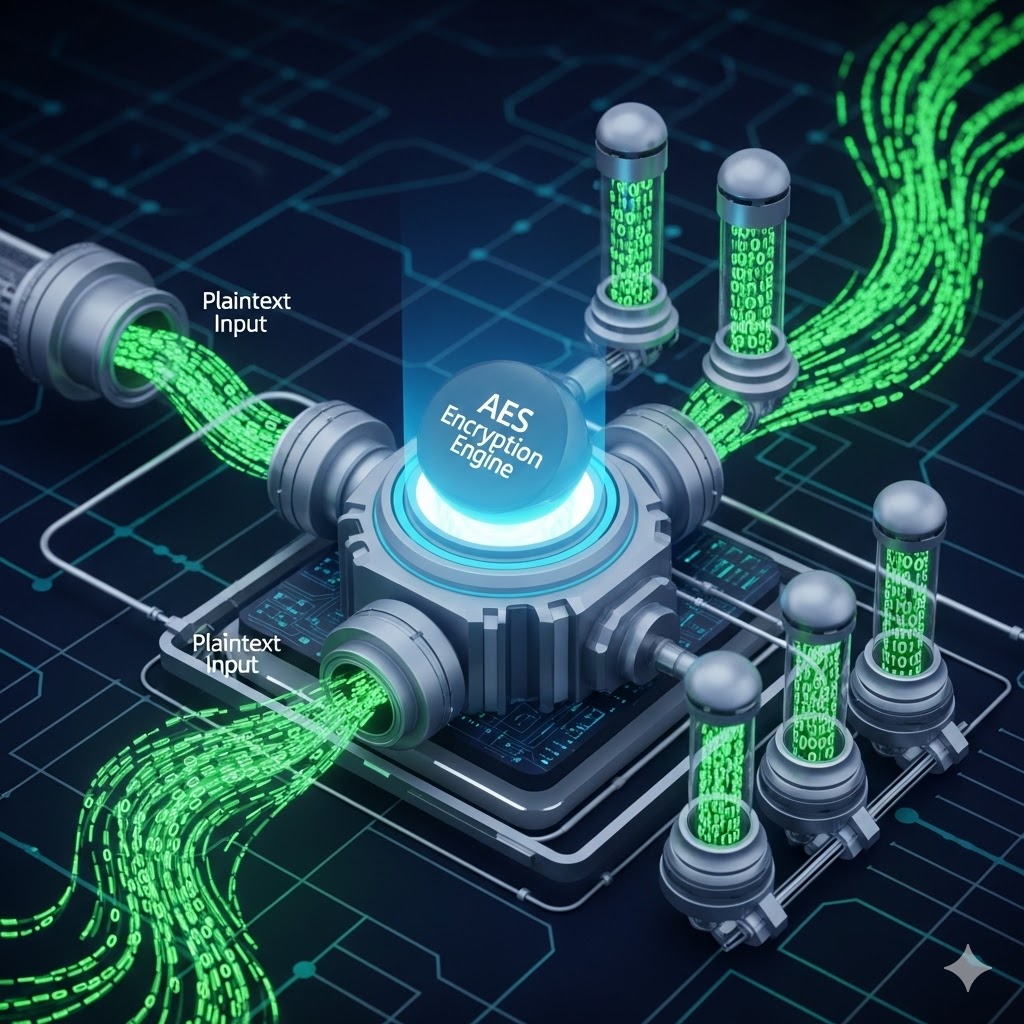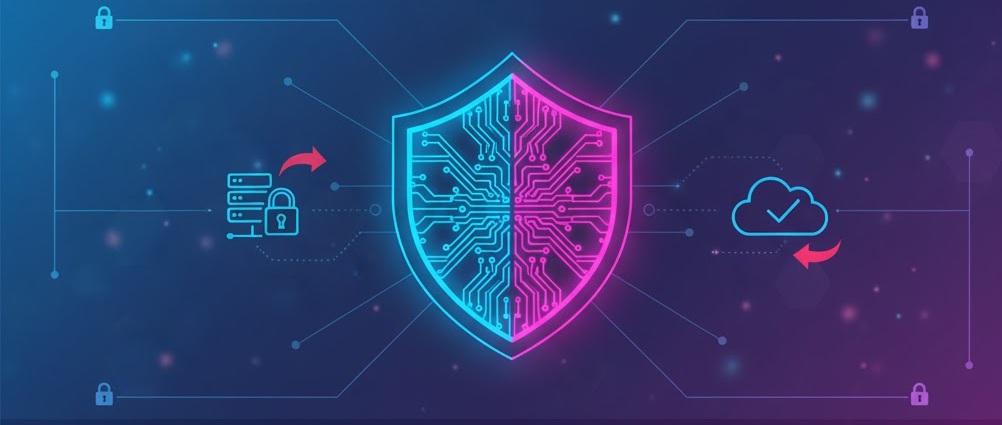🔐
Cryptographic erasure is a highly secure method for sanitizing storage media, making the data on it permanently inaccessible without physically destroying the drive. Unlike traditional file deletion, which simply removes a pointer to the data, cryptographic erasure leverages the power of encryption to achieve instant and irreversible deletion.
How It Works
The core principle relies on a simple yet powerful concept:
- Always Encrypted: Data on the storage device (like an SSD or an HDD that supports this feature) is always encrypted using a strong, high-quality encryption key—often an AES 256-bit key. This encryption is typically handled by the drive’s controller itself.
- Key Destruction: When a user or administrator wants to ‘erase’ the data, the system doesn’t bother overwriting every single bit. Instead, it instantly and permanently destroys the encryption key that was used to scramble the data.
- Instant Inaccessibility: Once the key is gone, the data remains on the drive, but it becomes cryptographically scrambled garbage that cannot be decrypted. The remaining ciphertext is now meaningless and impossible to recover, effectively rendering the data erased.
Key Advantages
- Speed: Cryptographic erasure is almost instantaneous because the process only involves deleting a small encryption key, not writing over the entire storage volume. This is a massive advantage over secure overwriting methods, especially on very large drives.
- Efficiency: It minimizes wear and tear on Solid State Drives (SSDs) since no intensive writing operations are required.
- Security: As long as the initial encryption key was strong and properly managed, the method meets high security standards for data sanitization, often complying with government and industry guidelines.
In summary, cryptographic erasure is the modern, fast, and efficient technique for data sanitization, ensuring that even if the physical drive falls into the wrong hands, the original information remains protected.



